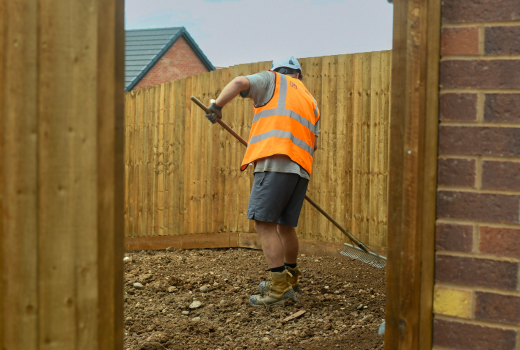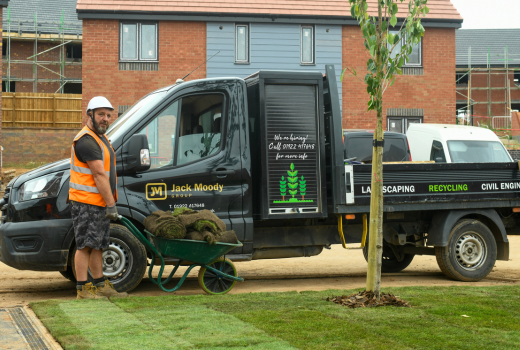We know that gardens often hold just as much value as the homes they surround. When moving house or undertaking major renovations, it can be easy to focus on bricks and mortar — but what about the life in your garden?
Moving an established plant isn’t always straightforward, but with the right approach, it can be done successfully. Whether you’re redesigning a garden, making space for new landscaping, or simply giving a much-loved shrub or tree a better home, careful planning ensures your plants survive and thrive in their new spot.
Can plants be moved successfully?
The short answer is yes—most established plants can be lifted and replanted if done correctly. Success depends on a few factors: the plant’s size, age, species, and current health. Smaller, younger plants adapt more easily, while mature shrubs and trees need more preparation to cope with the stress of transplanting.
The key is to protect the root system. Plants rely on fine feeder roots to draw in water and nutrients, and these are easily damaged. By digging wide and deep around the root ball, you give the plant the best chance of re-establishing itself. After replanting, generous watering and mulching help reduce shock and encourage healthy regrowth.
Finding the right spot
When rehoming a plant, placement is everything. Consider the light levels, soil type, and drainage in the new location. For instance, sun-loving plants won’t perform well in deep shade, while moisture-loving shrubs will struggle in free-draining sandy soils.
Think ahead to the plant’s mature size, too. Giving it enough space to grow without competing with neighbours prevents problems later on. If you’re unsure, it’s worth checking the plant’s preferred growing conditions or seeking advice before moving it. A well-chosen location means the plant will have the best chance to settle quickly and thrive.

Timing is everything
The most important factor in moving plants is timing. For the majority of shrubs, trees, and perennials, the dormant season—late autumn through early spring—is the best window. With less demand for water and energy above ground, plants can focus on re-establishing their roots.
Avoid moving plants in extreme heat or drought, as the stress of transplanting combined with weather pressure is often too much for them to survive. If a summer move is unavoidable, provide extra care: water deeply and regularly, add a layer of mulch to conserve soil moisture, and consider temporary shading to reduce stress.
Top tips for moving established plants
-
Prepare the plant in advance – Water thoroughly a day or two before moving to ensure roots are hydrated and easier to lift.
-
Dig wide, not just deep – Aim to take as much of the root ball as possible, especially the fine feeder roots.
-
Replant quickly – Minimise the time the roots are exposed to air by having the new hole ready before you lift the plant.
-
Water well after planting – A deep soak helps settle the soil around the roots and reduces transplant shock.
-
Mulch and monitor – Apply a layer of organic mulch to lock in moisture and keep a close eye on the plant for the first few weeks, watering as needed.
Relocating established plants requires care, planning, and patience, but with the right approach it’s entirely possible to give them a fresh start. By choosing the right spot, moving them at the right time, and following simple aftercare steps, you can preserve the beauty of your garden while adapting it to your needs.
To learn more about our developer landscaping services, click here: https://www.jackmoodygroup.co.uk/services/landscaping-civil-engineering/developer-landscaping-services/


